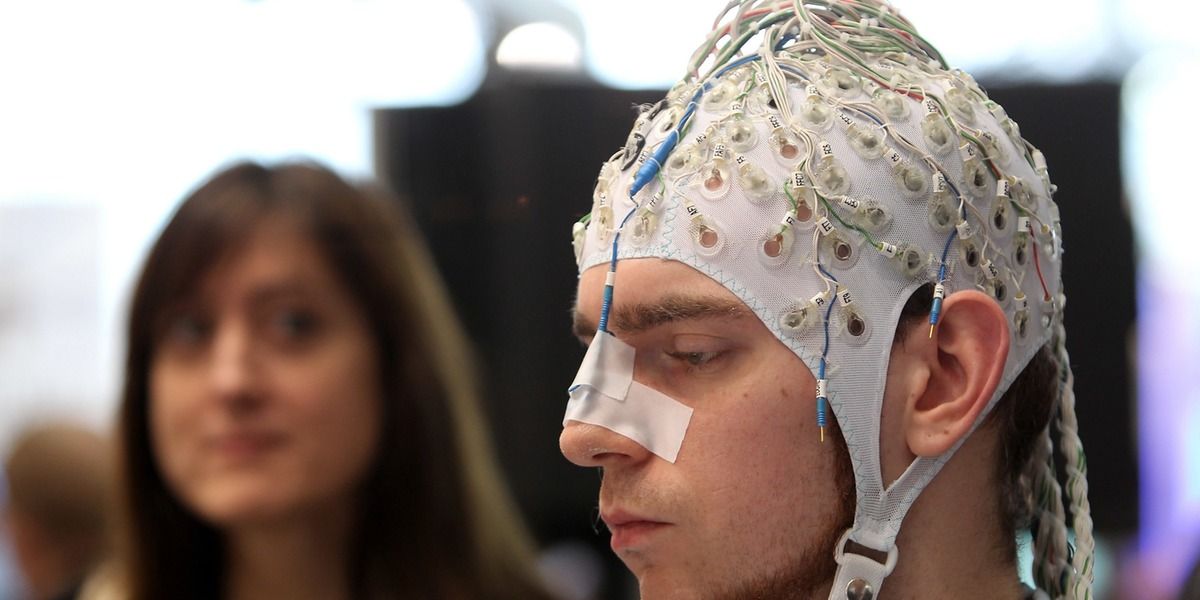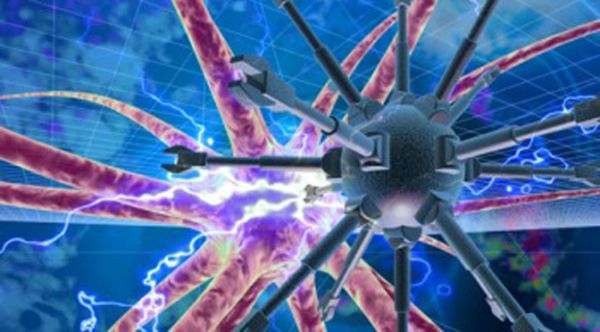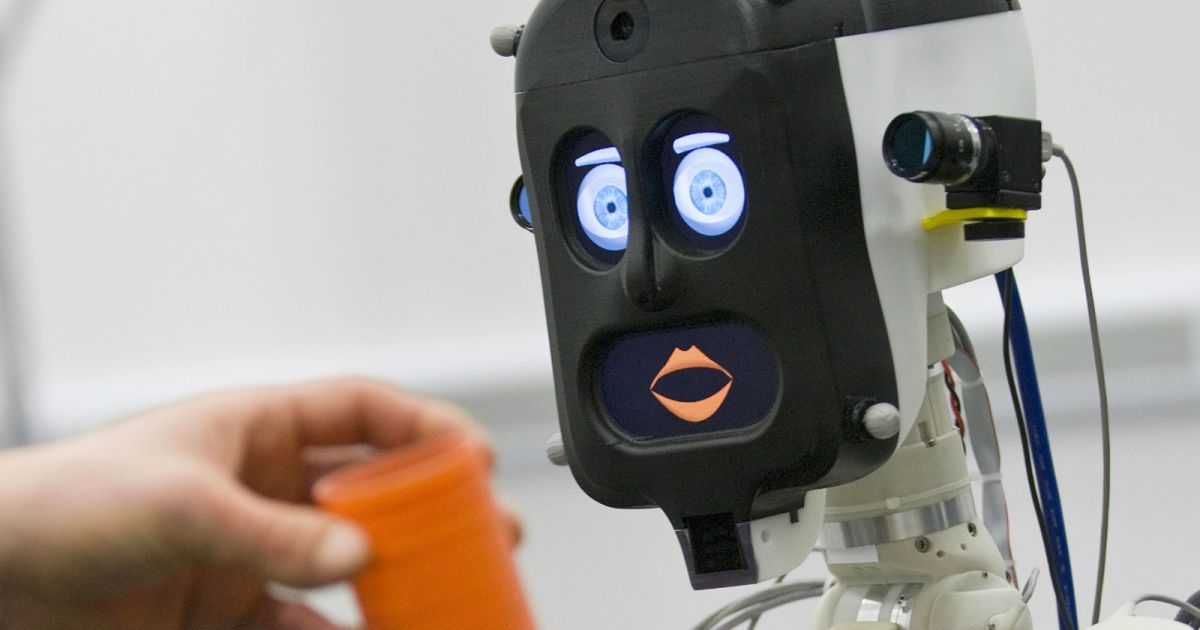Page 10913
Aug 27, 2016
HAARP Opens Doors To Conspiracy Theorists To Prove “It Is Not Capable Of Mind Control”
Posted by Karen Hurst in categories: habitats, neuroscience
Did anyone from Lifeboat attend today’s HAARP’s open house in Alaska today?
HAARP, aka the High Frequency Active Auroral Research Program, lives out a quiet existence in the middle of the Alaskan wilderness. But for one reason or another, this ionospheric research facility has become the favorite scratching post for conspiracy theorists – attracting accusations of being a weather-altering superweapon, the force behind chemtrails, and even a mind-control device.
The new management of HAARP – The University of Alaska Fairbanks – aren’t too happy with these claims. So this Saturday, they’re opening its doors and inviting the public to come visit the facility for free. The open house will include facility tours, a mobile planetarium, a permafrost exhibit, science talks, and a barbecue.
“We hope that people will be able to see the actual science of it,” a spokesperson from the University of Alaska, who run HAARP, told Alaska Dispatch News. “We hope to show people that it is not capable of mind control and not capable of weather control and all the other things it’s been accused of.”
Aug 27, 2016
Nanobots May Use Mind Control to Release Drugs in Your Brain
Posted by Shailesh Prasad in categories: biotech/medical, nanotechnology, neuroscience
Aug 27, 2016
A First: Israeli Scientists “Have Used the Human Mind to Control Nano Robots Inside a Living Creature”
Posted by Shailesh Prasad in categories: biotech/medical, computing, information science, neuroscience, robotics/AI
Researchers at Bar Ilan University and the Interdisciplinary Center in Herzliya, both in Israel, have developed new technology that allows tiny bots to release drugs into the body controlled by human thought alone. The test involved a man using his thoughts to activate nano robots inside a cockroach.
The bots have been built using a DNA origami structure with hollow shell-like components, and they come with a “gate” that can be opened and shut with the help of iron oxide nanoparticles that act as a “lock” – which can be prized open using electromagnetic energy.
The Israeli team believe the bots could help in controlled release of drugs over time. Led by Dr Ido Bachelet of Bar Ilan University, scientists demonstrated how to control this process with human brainwaves. Using a computer algorithm, they trained the system to detect when a person’s brain was under strain from doing mental arithmetic. The team then placed a fluorescent drug in the bots and injected them into various cockroaches that were placed inside an electromagnetic coil.
Aug 27, 2016
The coffee maker alarm clock will become a reality next fall
Posted by Karen Hurst in category: futurism

This story originally appeared on realsimple.com.
Imagine waking up every morning with a cup of freshly brewed coffee on your nightstand. Well this new gadget will make your days much easier—especially if you’re not a morning person. The Barisieur, an alarm clock and coffee maker hybrid, is available for preorder through Indiegogo. Created and founded by London-based designer Josh Renouf, the clock was first conceptualized in 2014 and after research and prototyping, Renouf launched a Kickstarter this past May. Now that the team has met their initial fundraising goal, they moved it over to Indiegogo for more funding.
Continue reading “The coffee maker alarm clock will become a reality next fall” »
Aug 27, 2016
Scientists unlock genetic code controlling limb regeneration
Posted by Shailesh Prasad in categories: biotech/medical, genetics
Many lower organisms retain the miraculous ability to regenerate form and function of almost any tissue after injury. Humans share many of our genes with these organisms, but our capacity for regeneration is limited. Scientists at the MDI Biological Laboratory in Bar Harbor, Maine, are studying the genetics of these organisms to find out how regenerative mechanisms might be activated in humans.
The ability of animals to regenerate body parts has fascinated scientists since the time of Aristotle. But until the advent of sophisticated tools for genetic and computational analysis, scientists had no way of studying the genetic machinery that enables regeneration. Using such tools, scientists at the MDI Biological Laboratory have identified genetic regulators governing regeneration that are common across species.
In a paper published in the journal PLOS ONE, MDI Biological Laboratory scientistsBenjamin L. King, Ph.D., and Voot P. Yin, Ph.D., identified these common genetic regulators in three regenerative species: the zebrafish, a common aquarium fish originally from India; the axolotl, a salamander native to the lakes of Mexico; and the bichir, a ray-finned fish from Africa.
Continue reading “Scientists unlock genetic code controlling limb regeneration” »
Aug 27, 2016
People will lie to robots to avoid hurting their feelings
Posted by Elmar Arunov in categories: food, robotics/AI
In a test lab, Bert2 — a humanoid robot with three separate displays, allowing its eyes and mouth to express various emotions — performed in three different ways. One was silent and made zero mistakes, while a second was mute and programmed to make a single blunder (which it would then correct, quietly). A third was able to speak and accept simple “yes” or “no” responses from the user. In a basic kitchen scenario, the vocal android would apologise for its mistakes — after dropping an egg, for instance — and give a heads-up when it was about to try a new technique.
While the slowest, it was the robot that most people preferred.
But here’s where it gets interesting. At the end of the exchange, the robot would ask for a job. Some participants were reluctant to say no — even if they preferred the silent, more efficient robot — because they thought it would upset the machine. “It felt appropriate to say no, but I felt really bad saying it,” one of the test participants said. “When the face was really sad, I felt even worse. I felt bad because the robot was trying to do its job.”
Continue reading “People will lie to robots to avoid hurting their feelings” »
Aug 27, 2016
Students Need More Access to Authentic Science Research Programs — By Camila Lock, Michael Pedicini, Jessica Quenzer, Maris Wagner | Math for America blog
Posted by Odette Bohr Dienel in categories: education, science
“Our students do not require multiple years of experience, large amounts of money, or sophisticated lab equipment to do authentic science.”
Aug 27, 2016
WebTorrent: 250K Downloads & Strong With Zero Revenue
Posted by Sean Brazell in categories: innovation, internet
The desktop variant of innovative torrent client WebTorrent has now clocked up an impressive 250,000 downloads, its founder reports. In a market where competing clients are often closed source or commercial ventures, WebTorrent promises to be transparent and non-commercial, forever. And that’s despite Netflix knocking at the door.
 Stanford University graduate Feross Aboukhadijeh is passionate about P2P technology. The founder of P2P-assisted content delivery network PeerCDN (sold to Yahoo in 2013), Feross is also the inventor of WebTorrent.
Stanford University graduate Feross Aboukhadijeh is passionate about P2P technology. The founder of P2P-assisted content delivery network PeerCDN (sold to Yahoo in 2013), Feross is also the inventor of WebTorrent.
In its classic form, WebTorrent is a BitTorrent client for the web. No external clients are needed for people to share files since everything is done in the user’s web browser with Javascript. No browser plugins or extensions need to be installed, nothing needs to be configured.
Continue reading “WebTorrent: 250K Downloads & Strong With Zero Revenue” »
















